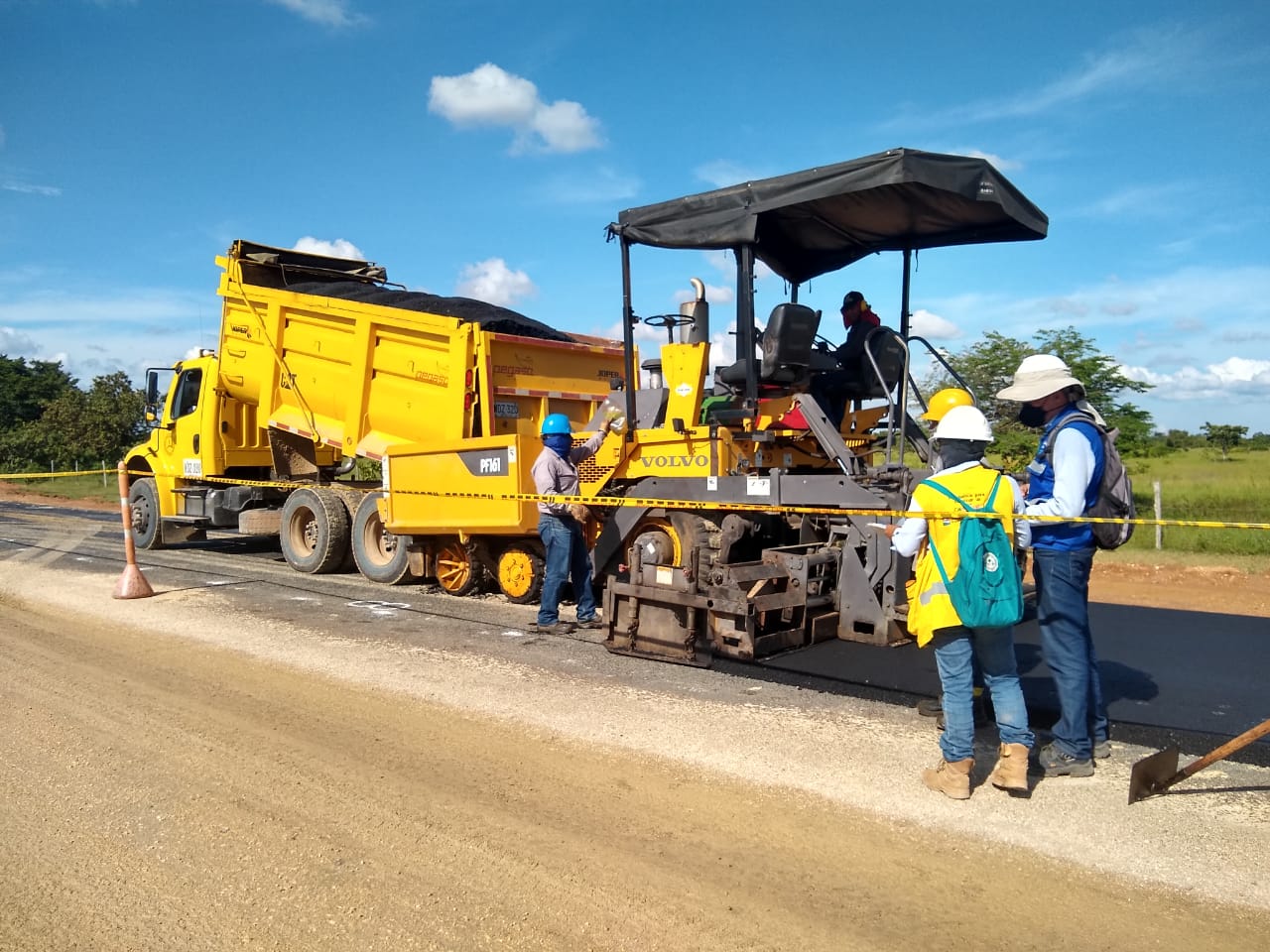Little Known Facts About A1 Professional Asphalt & Sealing Llc.
Little Known Facts About A1 Professional Asphalt & Sealing Llc.
Blog Article
A1 Professional Asphalt & Sealing Llc Fundamentals Explained
Table of ContentsThe Of A1 Professional Asphalt & Sealing LlcUnknown Facts About A1 Professional Asphalt & Sealing LlcSome Known Facts About A1 Professional Asphalt & Sealing Llc.The Best Guide To A1 Professional Asphalt & Sealing LlcNot known Facts About A1 Professional Asphalt & Sealing Llc

The oil in an automobile engine is not simply oil. It has a selection of additives to boost the lorry's efficiency. These consist of polymers, thickness modifiers, warm stabilizers, added lubes, and use ingredients. The REOB consists of all the additives that remained in the waste oil in addition to the wear metals from the engine (mostly iron and copper).
By making several blends utilizing different REOB examples and various asphalt binders, the variants mainly can be balanced out. Numerous States provided samples of known REOB structure to TFHRC researchers, who analyzed the samples to compare the percent of added (known) REOB to the located (checked) quantity. The analyses revealed a similar percent of added and found REOB.
The 4-Minute Rule for A1 Professional Asphalt & Sealing Llc
They received an overwhelming response. The TFHRC researchers examined 1,532 samples from 40 States, one Canadian province, and 2 Government Lands Highway divisions. They evaluated each sample twiceamounting to more than 3,000 evaluations. None of those States understood that the asphalt they were acquiring consisted of REOB. One State urged its examples had no REOB.
Of the 1,532 examples examined, 12 percent had REOB, and some included appreciably high degrees of it at 1020 percent. The highest possible degree was 34 percent in an example from Texas, which TxDOT had used in a patching substance. This testing also disclosed the presence of phosphoric acid in 11 percent of the examples, and 2 percent included ground tire rubber.
2 years back at TRB's annual conference, the Federal researchers held an REOB workshop and offered the searchings for of their laboratory evaluations to a standing room-only group. Although some companies do not specifically outlaw REOB, they do impose physical examinations that avert its useeffectively a restriction. a1 professional. Others do not prohibit it by specification, but have agreements with asphalt distributors to prevent the use of REOB
All About A1 Professional Asphalt & Sealing Llc
A handful do enable REOB, some within particular limitations. Ohio and Texas restriction levels to less than 5 percent of the asphalt. To establish a reputable examination approach that all States can make use of, the TFHRC researchers established up a round-robin test strategy. The participants are 11 State highway firms (Illinois, Massachusetts, Minnesota, Mississippi, Montana, North Carolina, Oklahoma, South Carolina, Texas, Vermont, and Wyoming), 2 independent testing labs, the Ministry of Transport in Ontario, Queen's College in Ontario, you can try this out and an Ontario paving service provider.
In overall, the researchers prepared and shipped 720 blends. The individuals are testing the examples individually making use of the standards given by the TFHRC scientists. The round-robin screening is almost finished, and TFHRC remains in the process of gathering the results. The outcome will certainly be a recommended AASHTO test method that any kind of State can adopt and utilize (a1 professional).
The pavement with REOB, which is located 0.6 mile (1 kilometer) from the sidewalk without REOB, has the same subgrade, web traffic density, and climate. Nonetheless, the segment of Highway655 with 5 to 10 percent REOB showed substantial splitting. In this example, the presence of REOB was the determined reason for splitting at a reduced temperature levels.
A section of examination sidewalk in Minnesota (MN1-4) found to consist of REOB also broke too soon. The pavement done well for the first 3 to 4 years, yet then started to fracture.
The Greatest Guide To A1 Professional Asphalt & Sealing Llc
The tests were not substantial, yet they revealed that at levels of 6 percent or even more, the tensile toughness of the asphalt went down dramatically. At a degree of 3.5 percent REOB, the variation in the physical examination methods was higher than the impact of REOB. It was hard for scientists to evaluate whether REOB was present. https://www.find-us-here.com/businesses/A1-Professional-Asphalt-Sealing-LLC-Lebanon-Illinois-USA/34044537/.

One binder specification taken into consideration is the distinction between the reduced temperature level critical requirements temperature level for tightness (S) in the bending beam of light rheometer and the bending beam rheometer creep incline (m-value) kept in mind as Tcritical. TC = TC (S) TC (m-value). Analysis of this parameter is still ongoing. Two independent research study groups, one from AASHTO and the various other from the Asphalt Institute, concluded that more research is needed on the usage of REOB in asphalt.
Previously, all asphalt testing gauged design residential properties such as stiffness. These examinations do not show what products had been added to the asphalt. One sample received throughout the TFHRC study had a really weird analysis. The example had the following examination results: Superpave PG 64-28 with a heat grade of 67.3 Tcritical on the flexing beam of light rheometer was 6.7 levels Celsius.

3 Simple Techniques For A1 Professional Asphalt & Sealing Llc
These outcomes demonstrate there are weak points in the standard engineering testing protocols that might be exploited. The manufacturer might have a financial benefit and the product passes all the standardized tests, but the product may not be useful to making sure long-term performance. To address this problem and the growth of new asphalt additives and extenders, TFHRC is starting a research program to use handheld spectroscopic tools, x-ray fluorescence spectroscopy, and Fourier transform infrared spectroscopy to make it possible for evaluations to be performed in the field as opposed to needing to take samples back to the laboratory.
Report this page